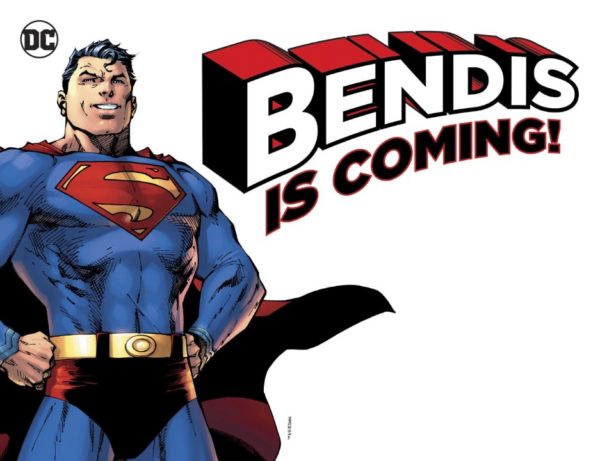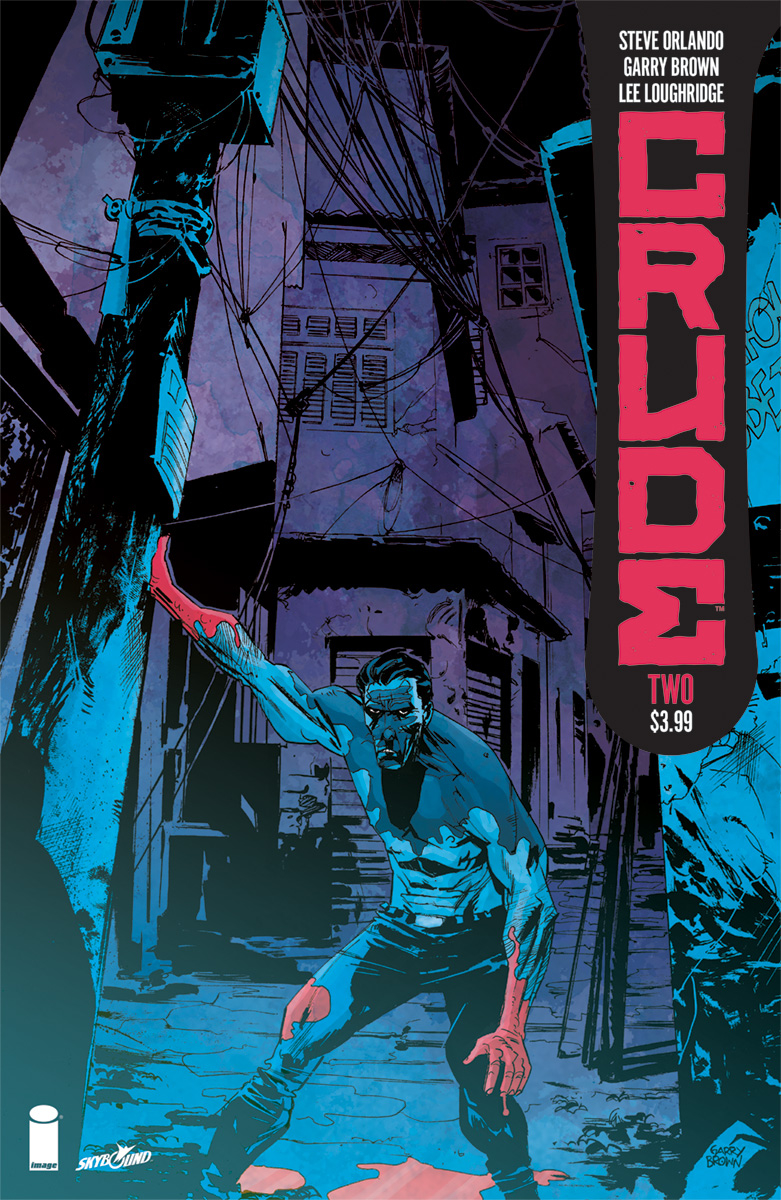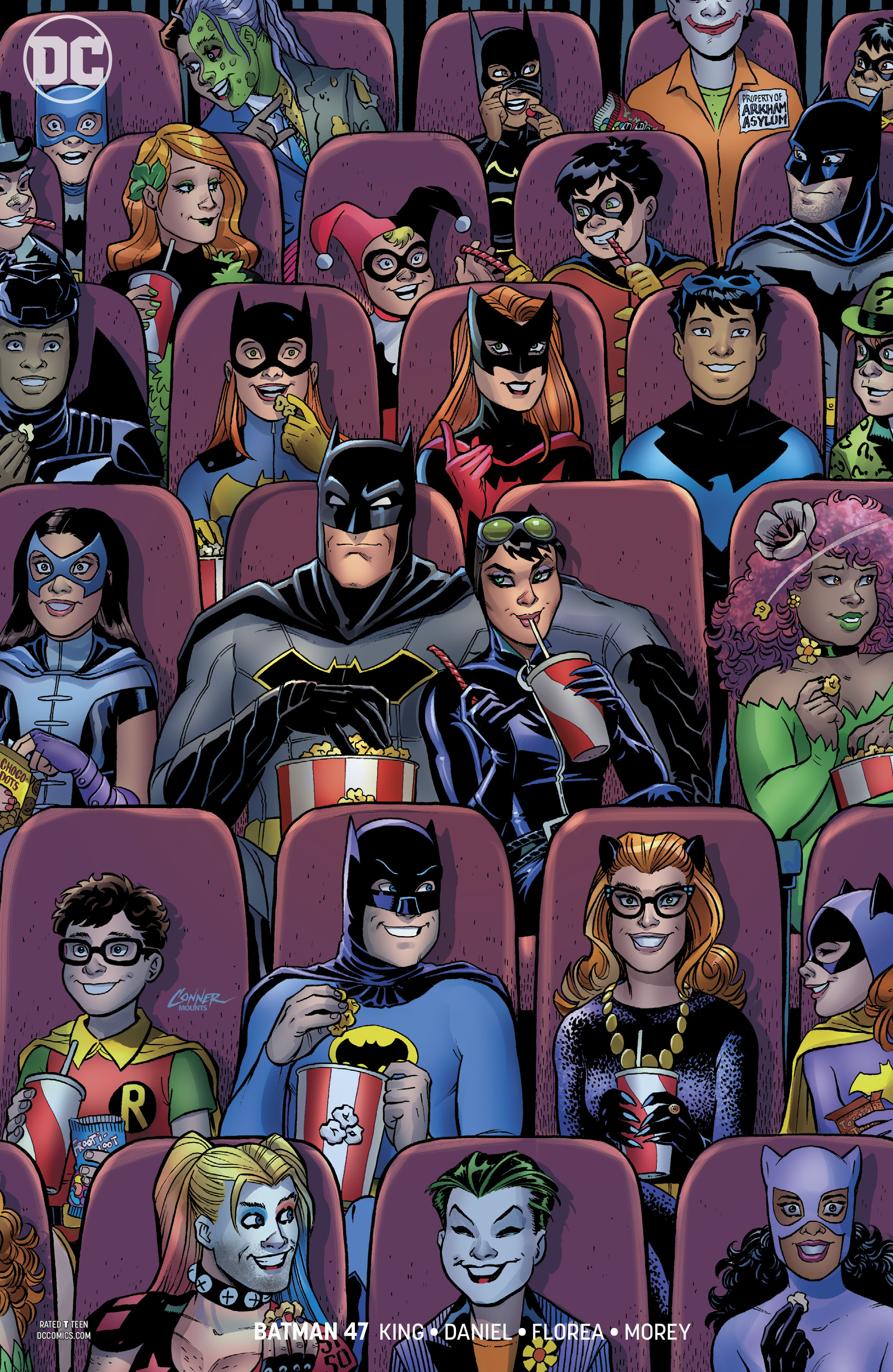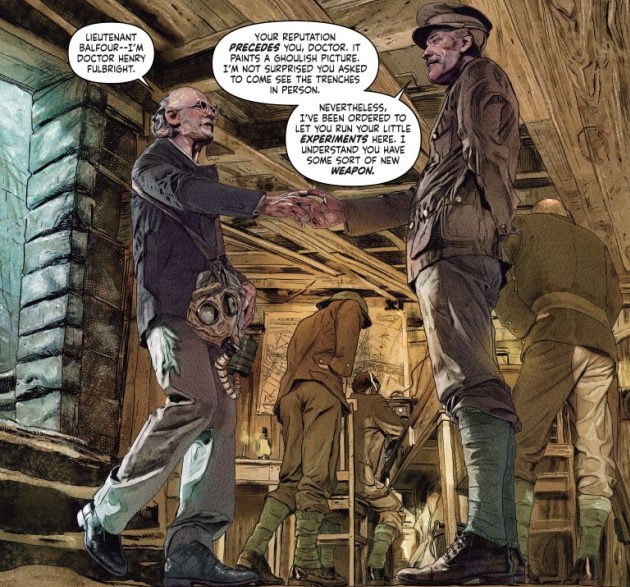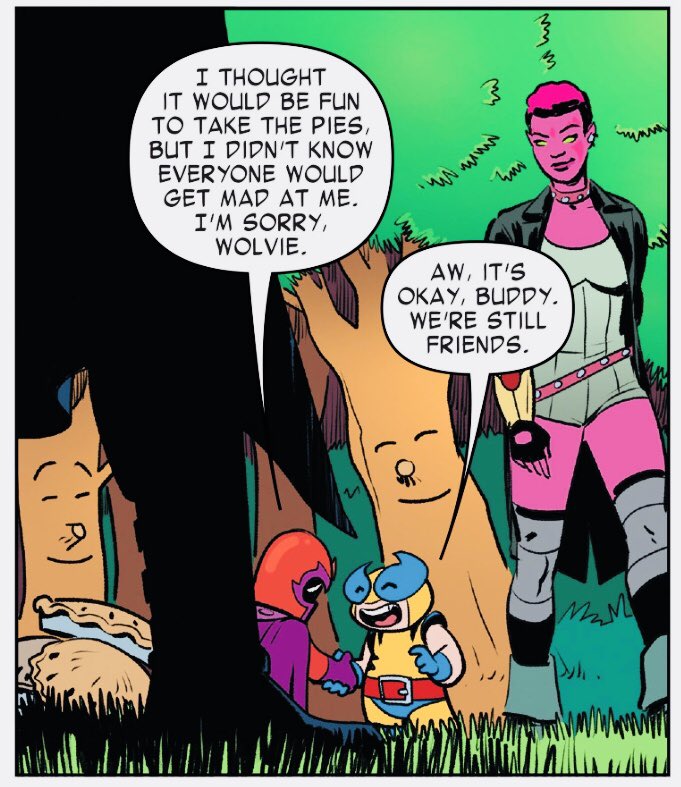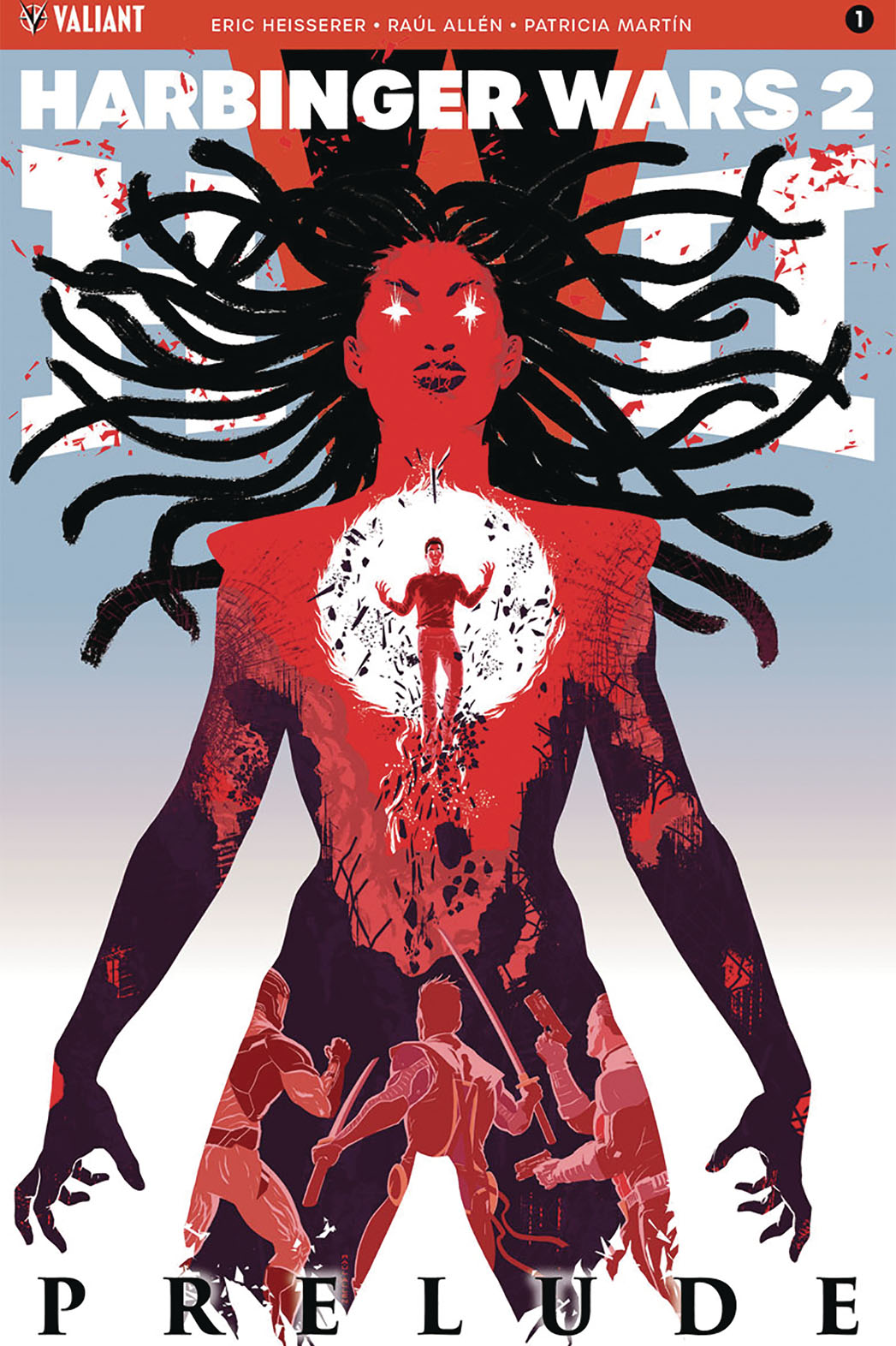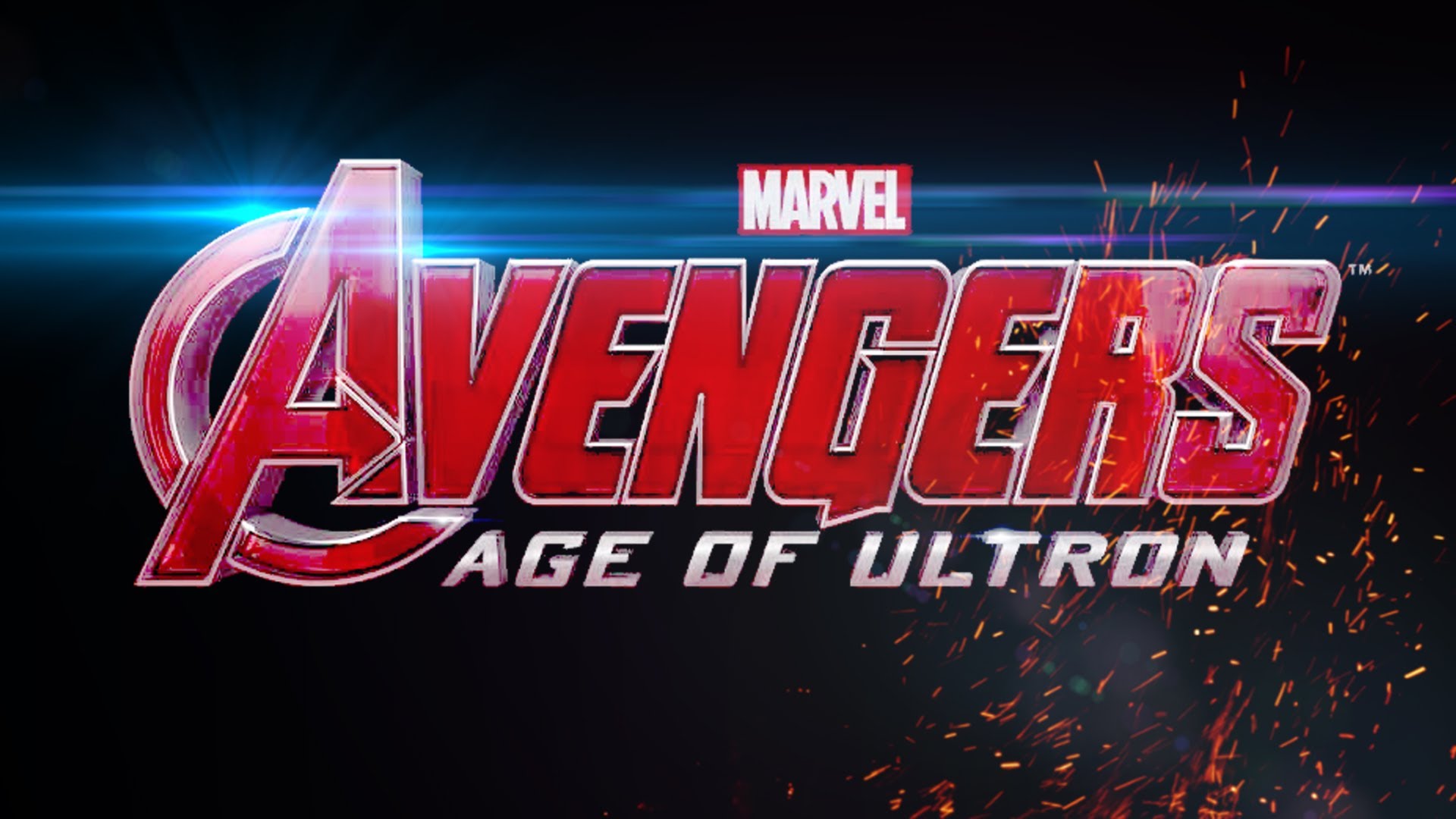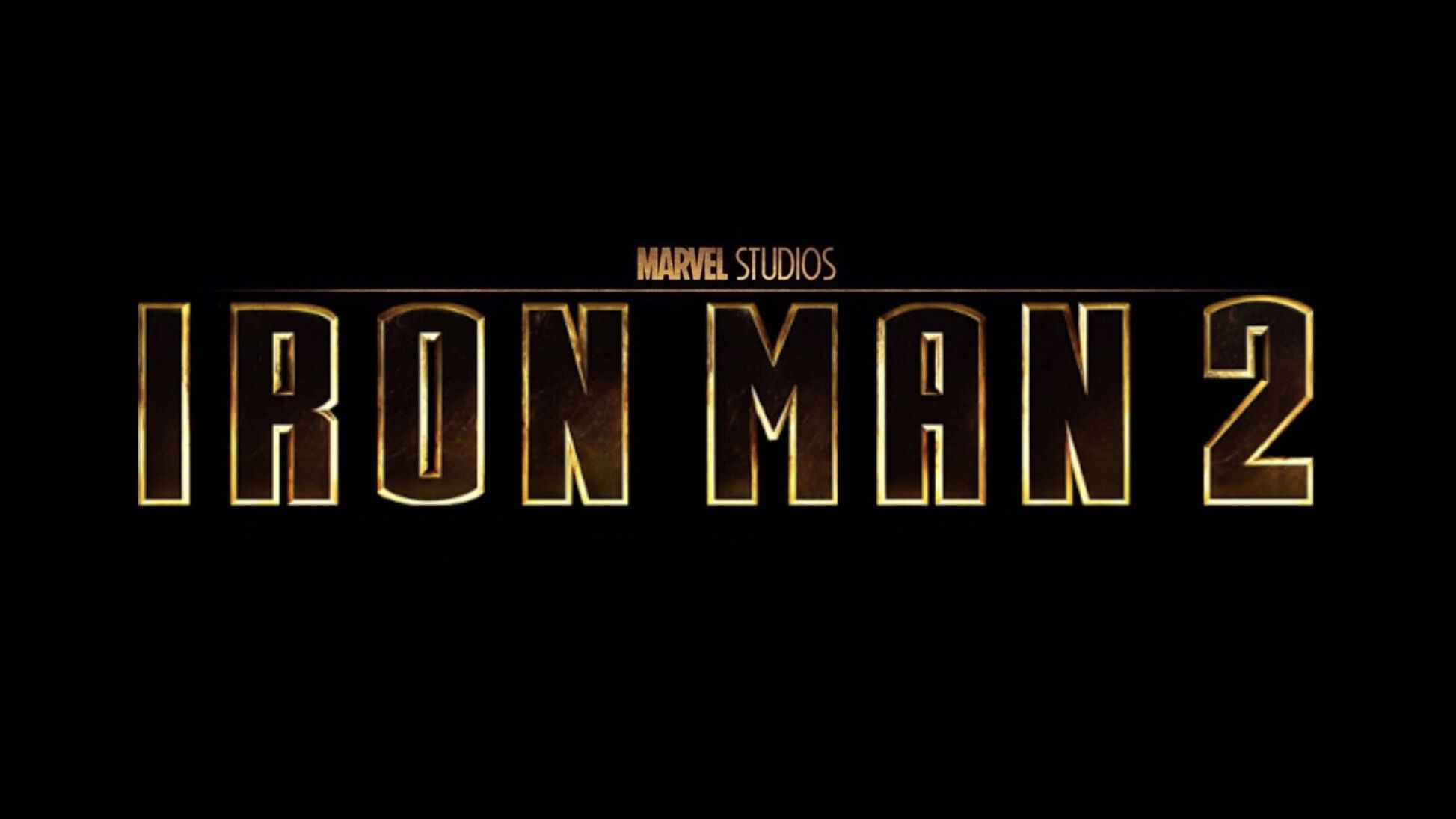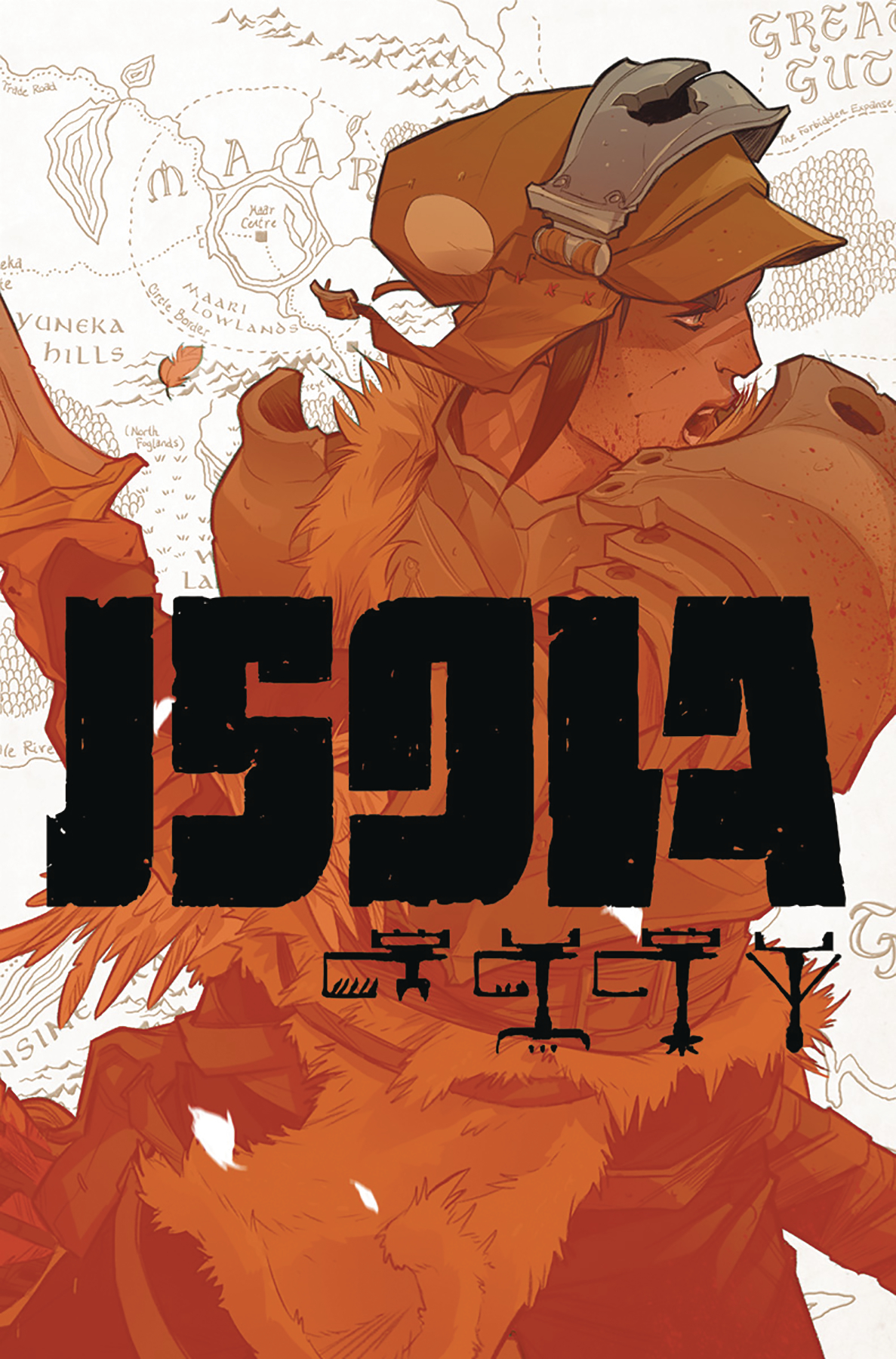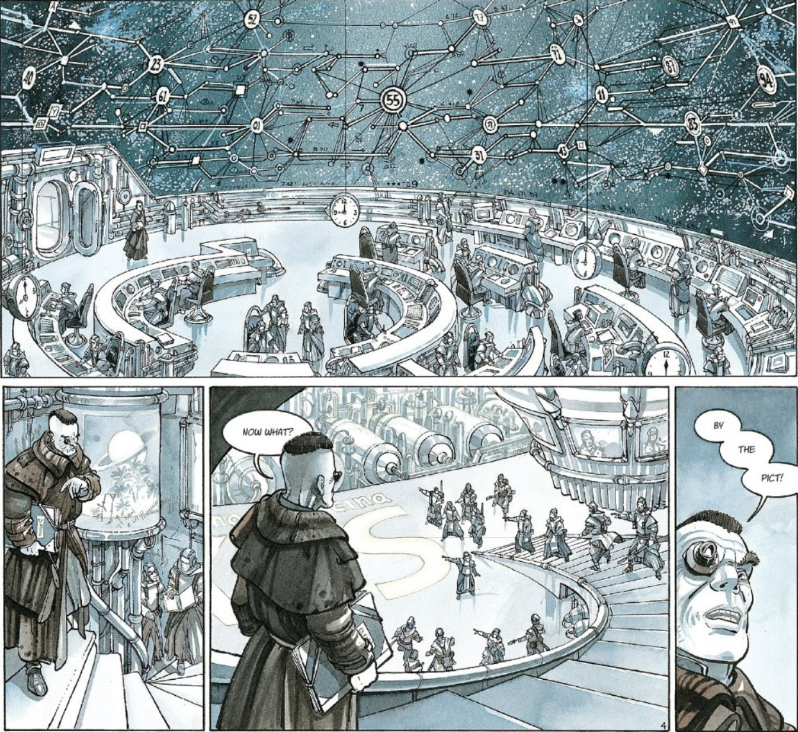REVIEW: Quantum and Woody! (2017) #6 by Eliot Rahal, Francis Portela, Andrew Dalhouse, & Dave Sharpe
There may be a high intimidation factor to Quantum and Woody! #6 for some. It’s billed in part as a tie-in to Harbinger Wars 2, it’s six issues into a run, and it’s the first issue by a new creative team. Any of those things might discourage a new reader from picking up this book, but none of them should. Quantum and Woody! #6 is a simple but surprisingly emotional comic book that requires no prior knowledge of the characters, preceding issues, or even the Valiant Universe.
I’ve read Quantum and Woody! sporadically, depending on the creative team, but I’d caught all of this run from Daniel Kibblesmith and Kano. I also came into this book previously familiar with writer Eliot Rahal, whose own career is not short on humor writing, as he used to do stand-up comedy and also co-wrote an amusing The Paybacks book with Donny Cates. Kibblesmith is a blast on Twitter and his run on this book conveyed his humor well. That’s all a way of saying I came into this book maybe expecting Rahal to try to out-joke him, but what I found was a much richer reading experience.
Instead, this issue is a rare superhero comic wherein I could see myself very clearly facing the same predicament as the heroes: a burning building filled with imperiled people that the heroes as able-bodied passerbys (without their powers for a reason unbeknownst to them) felt obligated to help. No spoilers (always and forever), but Quantum and Woody have to make difficult choices, take risks, and ultimately sacrifice, leaning on each other for support.
See? Like I said, simple but surprisingly emotional. Much credit is due to the scope of Rahal’s script, which doesn’t ever needlessly exaggerate the situation or odds Quantum and Woody face. Francis Portela’s art (with colors by Andrew Dalhouse and lettering by Dave Sharpe) is also on point. Valiant in recent years has at times seemed to have a house style that favors full room perspectives and intricate detail, and Portela deploys it here expertly, also doing a great job of capturing the calamity that eventually befalls the heroes.
This arc stands to be brief—just this issue plus next month’s—but Rahal will be staying on the book longer, eventually teaming with Joe Eisma (who’s done some great work for Archie Comics of late) through the end of the summer at least. This issue stands alone really well, but Rahal also captures a few small moments that would seem to strongly indicate he has an expert grasp on the tentative, brotherly dynamic that drives Quantum and Woody! I for one will be following this title during his tenure to see where else he takes it.
Overall: Despite being six issues into a run and billed as a tie-in to Valiant’s big summer event, this issue of Quantum and Woody! stands well on its own as a simple but surprisingly emotional tale of self-sacrifice and heroism. 9.0/10
Zack Quaintance is a journalist who also writes fiction and makes comics. Find him on Twitter at @zackquaintance. He lives in Sacramento, California.







